Home>diy>Building & Construction>What Is A Lien In Construction
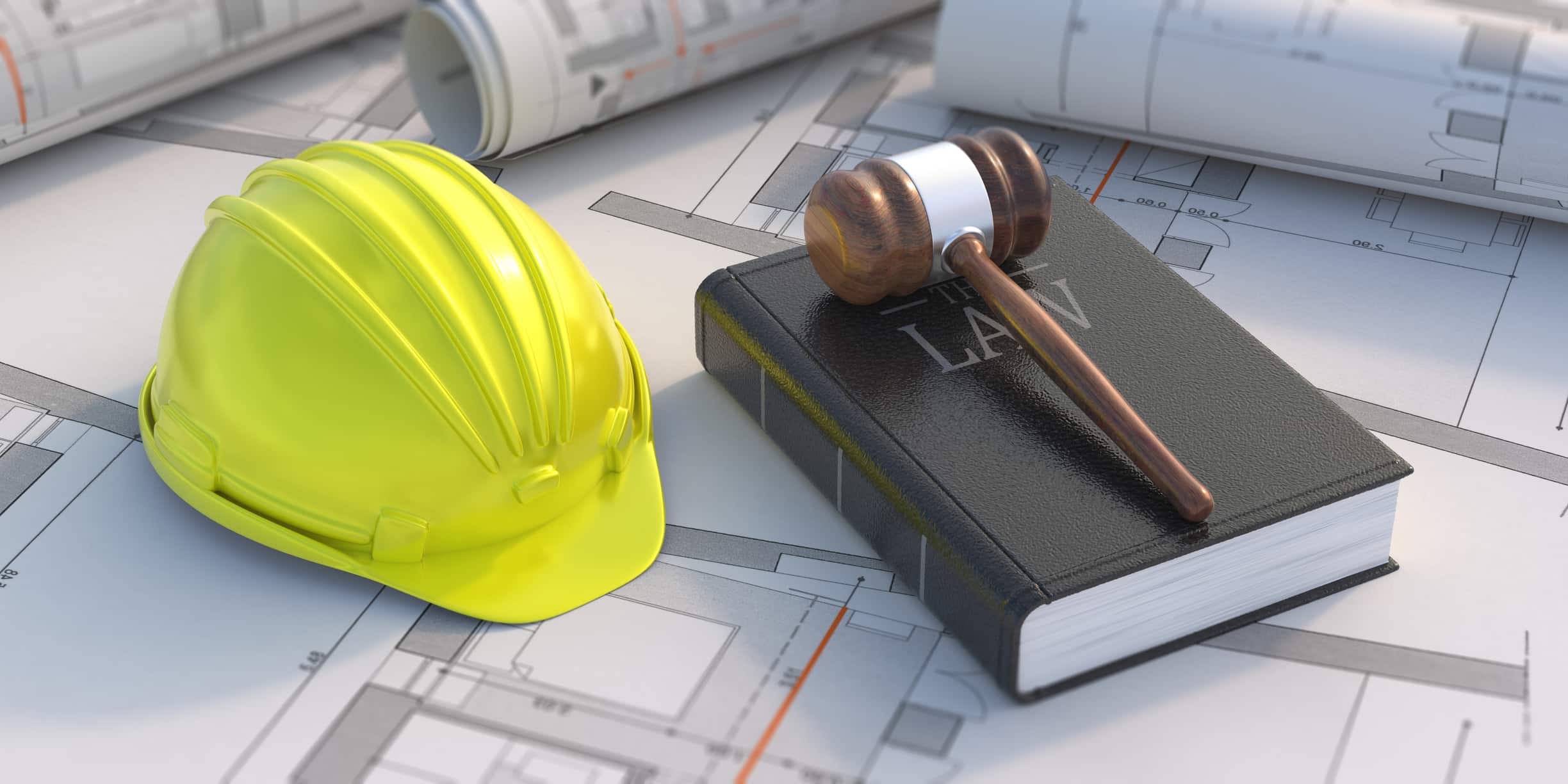

Building & Construction
What Is A Lien In Construction
Modified: December 12, 2023
Learn about the importance of liens in building construction projects and how they can impact contractors, subcontractors, and property owners. Understand the role of liens in securing payment.
(Many of the links in this article redirect to a specific reviewed product. Your purchase of these products through affiliate links helps to generate commission for Storables.com, at no extra cost. Learn more)
Introduction
Construction projects are complex endeavors that involve various stakeholders, intricate timelines, and substantial financial investments. In the realm of construction, the term "lien" holds significant weight and can have profound implications for all parties involved. Understanding the concept of a lien in construction is crucial for contractors, subcontractors, property owners, and other industry professionals.
In this article, we will delve into the intricacies of liens in construction, exploring their types, implications, and the processes involved in filing and releasing them. By gaining a comprehensive understanding of this critical aspect of construction law, individuals and entities can navigate projects with greater confidence and mitigate potential risks.
Let's embark on a journey to unravel the mysteries of liens in construction, shedding light on their impact and significance within the dynamic landscape of building and development.
Key Takeaways:
- Construction liens are legal claims that ensure contractors and suppliers get paid for their work. They can impact property transactions and motivate fair compensation.
- There are different types of construction liens, each serving to protect the financial interests of those involved in building projects. Understanding them is crucial.
Read more: What Is A Construction Lien Waiver
Understanding Liens in Construction
Liens are legal claims that provide security interests in a property to secure the payment of a debt or obligation. In the construction industry, a lien serves as a powerful tool for contractors, subcontractors, and suppliers to seek payment for the services and materials they have provided. When a party involved in a construction project, such as a contractor or supplier, has not been compensated for their work, they may file a lien against the property where the work was performed.
It is important to note that a construction lien does not necessarily imply that the property owner has failed to make payment. Instead, it reflects a mechanism through which parties can assert their right to receive payment for the value they have contributed to the project. This distinction is crucial in understanding the nature and purpose of construction liens.
Construction liens are designed to protect the interests of those who have contributed to the improvement of a property. By placing a lien on the property, the claimant seeks to ensure that they will eventually receive the compensation owed to them. This legal recourse empowers contractors, subcontractors, and suppliers to safeguard their financial interests and uphold the integrity of their business operations.
Moreover, the existence of a construction lien can impact the property owner’s ability to sell or refinance the property. Therefore, it serves as a potent motivator for resolving payment disputes and incentivizes timely and fair compensation for the parties involved in the construction project.
Understanding the fundamental purpose and implications of construction liens is essential for all stakeholders in the construction industry. By comprehending the role of liens in securing payment and protecting the rights of contributors, individuals and entities can navigate construction projects with greater clarity and confidence.
Types of Liens in Construction
Within the realm of construction, several types of liens serve distinct purposes and cater to the diverse needs of industry participants. Understanding these variations is paramount for navigating the complexities of construction projects and safeguarding the financial interests of all involved parties.
1. Mechanic’s Lien: Also known as a construction lien, a mechanic’s lien is a claim against a property that arises from labor or materials contributed to improve the property. Contractors, subcontractors, and suppliers often utilize mechanic’s liens to secure payment for their work and materials. This type of lien is a potent tool for asserting the right to compensation and can significantly impact property transactions and financing.
2. Materialman’s Lien: Material suppliers, including those providing lumber, plumbing fixtures, and other construction materials, can assert materialman’s liens to secure payment for the supplies they have furnished for a construction project. These liens serve as a means for suppliers to protect their financial interests and seek remuneration for the materials incorporated into the property.
3. Contractor’s Lien: A contractor’s lien, often utilized by general contractors overseeing construction projects, enables them to assert a claim against the property to secure payment for the comprehensive scope of work they have executed. This type of lien empowers general contractors to uphold their right to compensation and serves as a protective measure in the event of payment disputes.
4. Subcontractor’s Lien: Subcontractors, who play integral roles in construction projects by performing specialized tasks and contributing to the overall progress of the work, can leverage subcontractor’s liens to assert their right to payment. These liens provide subcontractors with a legal mechanism to seek remuneration for their specific contributions to the project.
5. Supplier’s Lien: Suppliers of goods and materials, distinct from material suppliers, may utilize supplier’s liens to secure payment for the products they have delivered to the construction site. This type of lien is instrumental in protecting the financial interests of suppliers and ensuring that they receive due compensation for their contributions to the project.
By familiarizing themselves with the various types of construction liens, industry professionals can navigate payment disputes, protect their financial interests, and ensure the equitable resolution of financial matters within the context of construction projects.
Always ensure that you have a clear understanding of any potential liens on a construction project before proceeding. This can help you avoid unexpected delays or financial issues down the line.
How Liens Affect Construction Projects
Construction liens exert a profound influence on the dynamics and outcomes of construction projects, shaping the interactions and financial relationships among stakeholders. Their impact reverberates across the construction landscape, influencing project timelines, financial considerations, and the overall viability of property transactions. Understanding how liens affect construction projects is pivotal for all parties involved in the construction process.
1. Financial Implications: Liens introduce a layer of financial complexity to construction projects, as they directly impact the flow of payments among contractors, subcontractors, suppliers, and property owners. The presence of a lien can stall or complicate payment processes, leading to delays and potential disruptions in project funding.
2. Risk Mitigation: Construction liens serve as a mechanism for mitigating the financial risks faced by contractors, subcontractors, and suppliers. By asserting their right to file a lien, these parties can proactively safeguard their interests and minimize the potential repercussions of non-payment or disputes regarding compensation.
3. Property Transactions: The existence of a construction lien can significantly affect property transactions, including sales and refinancing. Prospective buyers and lenders may be hesitant to engage in transactions involving properties encumbered by liens, leading to complications in real estate transactions and potentially impacting property values.
4. Dispute Resolution: Liens often serve as catalysts for resolving payment disputes within construction projects. The presence of a lien prompts stakeholders to address outstanding payment issues and negotiate equitable resolutions, thereby fostering a more transparent and collaborative approach to resolving financial conflicts.
5. Project Continuity: In some cases, the presence of a lien can impede the progression of construction projects, particularly if disputes regarding payment remain unresolved. Timely resolution and release of liens are essential for maintaining the momentum and continuity of construction activities.
6. Legal Compliance: Navigating construction liens necessitates a thorough understanding of legal requirements and compliance. Property owners and construction professionals must adhere to specific procedures for filing, contesting, and releasing liens, ensuring that they operate within the bounds of construction law.
By comprehending the multifaceted impact of construction liens, stakeholders can proactively address potential challenges, foster transparent financial relationships, and navigate construction projects with greater clarity and strategic foresight.
Filing and Releasing Liens in Construction
The processes of filing and releasing liens in construction projects are pivotal components of the overall framework governing financial transactions and property rights within the construction industry. Understanding the intricacies of these procedures is essential for all parties involved, as they directly impact the resolution of payment disputes and the fluidity of construction project operations.
Filing Liens: The process of filing a construction lien typically involves adhering to specific legal requirements and timelines. Contractors, subcontractors, and suppliers seeking to assert their right to payment must meticulously follow the prescribed procedures for filing a lien in the jurisdiction where the construction project is situated. This often entails submitting a formal notice of the lien, accompanied by relevant documentation, to the appropriate authorities or entities involved in property transactions.
Challenges and Disputes: Filing a construction lien can give rise to challenges and disputes, particularly if property owners contest the validity or basis of the lien. Resolving these conflicts may necessitate legal intervention and the adjudication of claims by competent authorities, underscoring the complexity and legal nuances associated with construction liens.
Releasing Liens: Releasing a construction lien is a critical step in the resolution of payment disputes and the facilitation of property transactions. Upon the satisfactory resolution of payment issues, the party asserting the lien is typically required to release the lien formally. This process entails filing the appropriate documentation to signify the discharge of the lien and the restoration of unencumbered status to the property.
Legal Compliance: Both the filing and release of construction liens necessitate strict adherence to legal requirements and procedural guidelines. Property owners, contractors, subcontractors, and suppliers must navigate these processes with precision and diligence to ensure compliance with applicable laws and regulations governing construction liens.
Impact on Property Transactions: The presence of a construction lien, as well as its subsequent release, can significantly influence property transactions, including sales, refinancing, and property development endeavors. The timely and accurate handling of liens is critical for facilitating seamless property transactions and maintaining the integrity of real estate assets.
By mastering the protocols for filing and releasing construction liens, industry professionals can navigate payment disputes, protect their financial interests, and contribute to the efficient and equitable execution of construction projects.
Read more: How To Lien A Construction Project
Conclusion
The intricate web of construction liens weaves through the fabric of the construction industry, exerting a profound impact on financial transactions, property rights, and the resolution of payment disputes. Understanding the nature, implications, and procedural intricacies of construction liens is indispensable for all stakeholders involved in construction projects.
From mechanic’s liens to subcontractor’s liens, the diverse array of construction liens serves as a safeguard for the financial interests of contractors, subcontractors, suppliers, and property owners. These legal mechanisms underpin the integrity of financial relationships within construction projects and foster a framework for equitable compensation and dispute resolution.
The effects of construction liens resonate across the construction landscape, influencing project timelines, financial considerations, and property transactions. Their presence necessitates meticulous adherence to legal requirements and procedural guidelines, underscoring the imperative of legal compliance and precision in navigating construction liens.
Moreover, the processes of filing and releasing construction liens represent critical junctures in the trajectory of construction projects, shaping the resolution of payment disputes and the facilitation of property transactions. Timely and accurate handling of liens is essential for maintaining the fluidity and integrity of construction operations and real estate transactions.
By embracing a comprehensive understanding of construction liens and their impact on construction projects, industry professionals can proactively address payment disputes, mitigate financial risks, and foster transparent and collaborative financial relationships. Navigating the complexities of construction liens empowers stakeholders to uphold the integrity of their business operations and contribute to the seamless execution of construction projects.
As the dynamic landscape of construction continues to evolve, the significance of construction liens as instruments of financial protection and resolution becomes increasingly pronounced. By embracing a nuanced comprehension of construction liens, industry professionals can navigate the intricacies of payment disputes and property transactions with confidence, resilience, and strategic foresight.
Frequently Asked Questions about What Is A Lien In Construction
Was this page helpful?
At Storables.com, we guarantee accurate and reliable information. Our content, validated by Expert Board Contributors, is crafted following stringent Editorial Policies. We're committed to providing you with well-researched, expert-backed insights for all your informational needs.




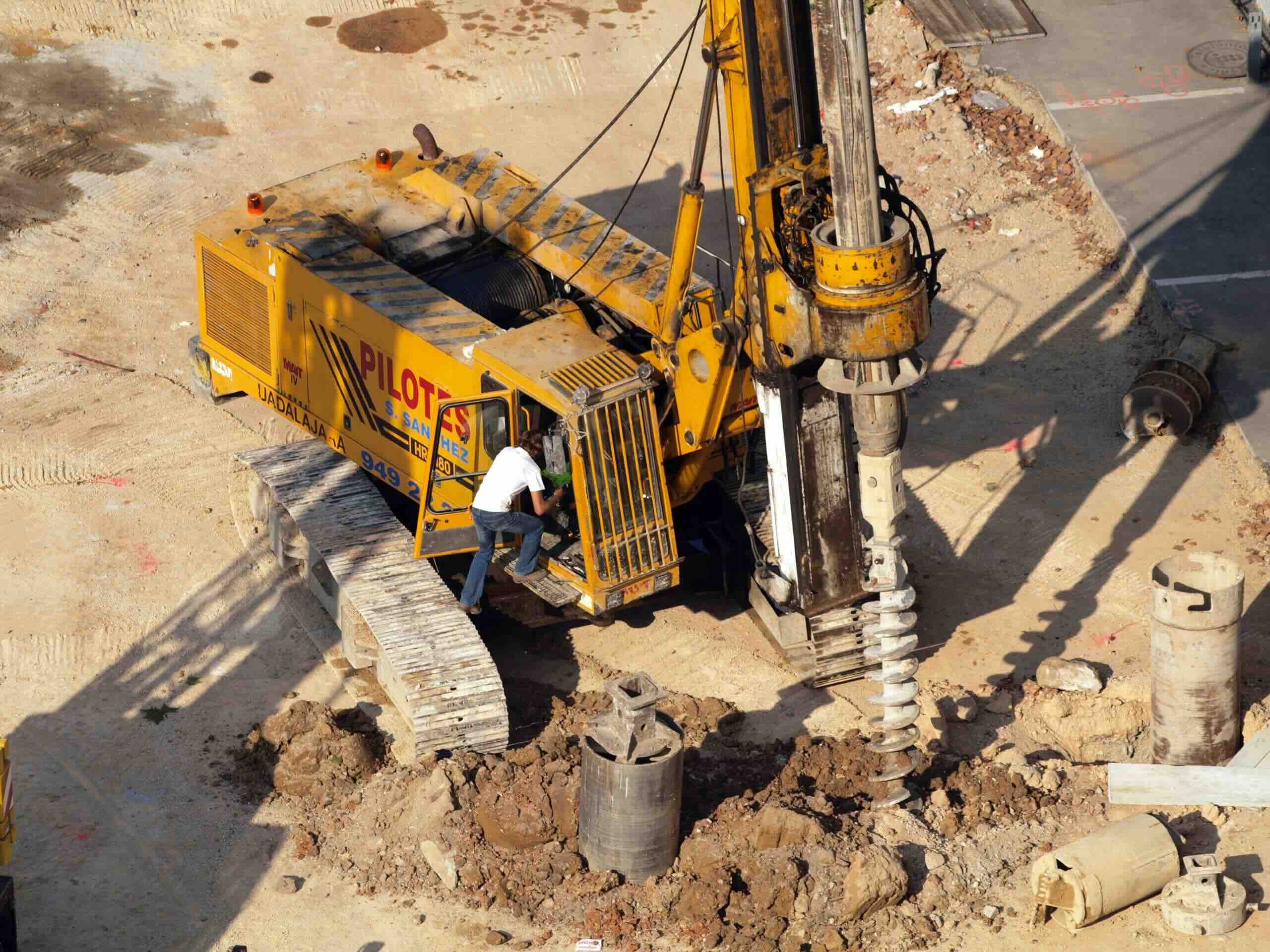

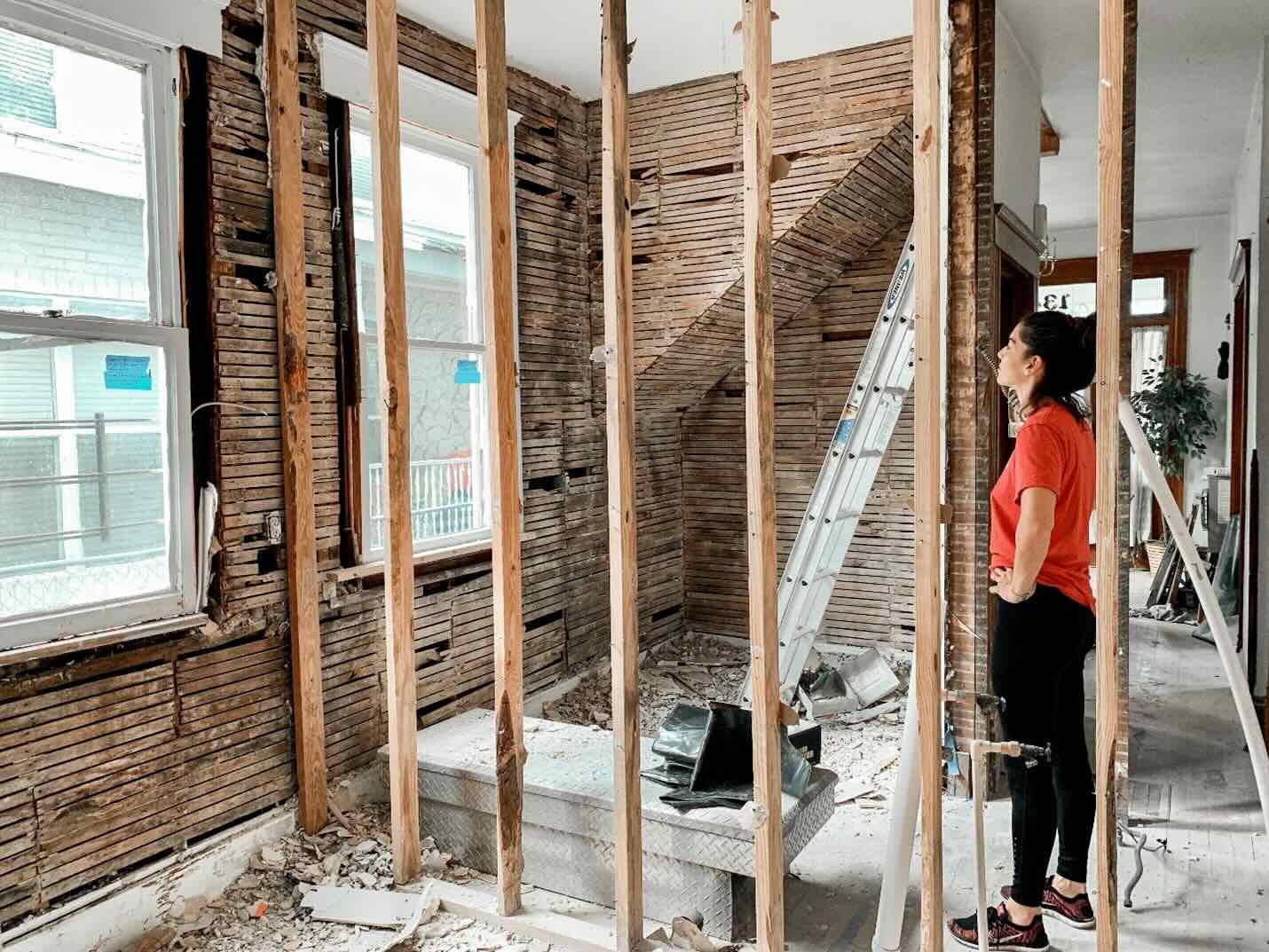

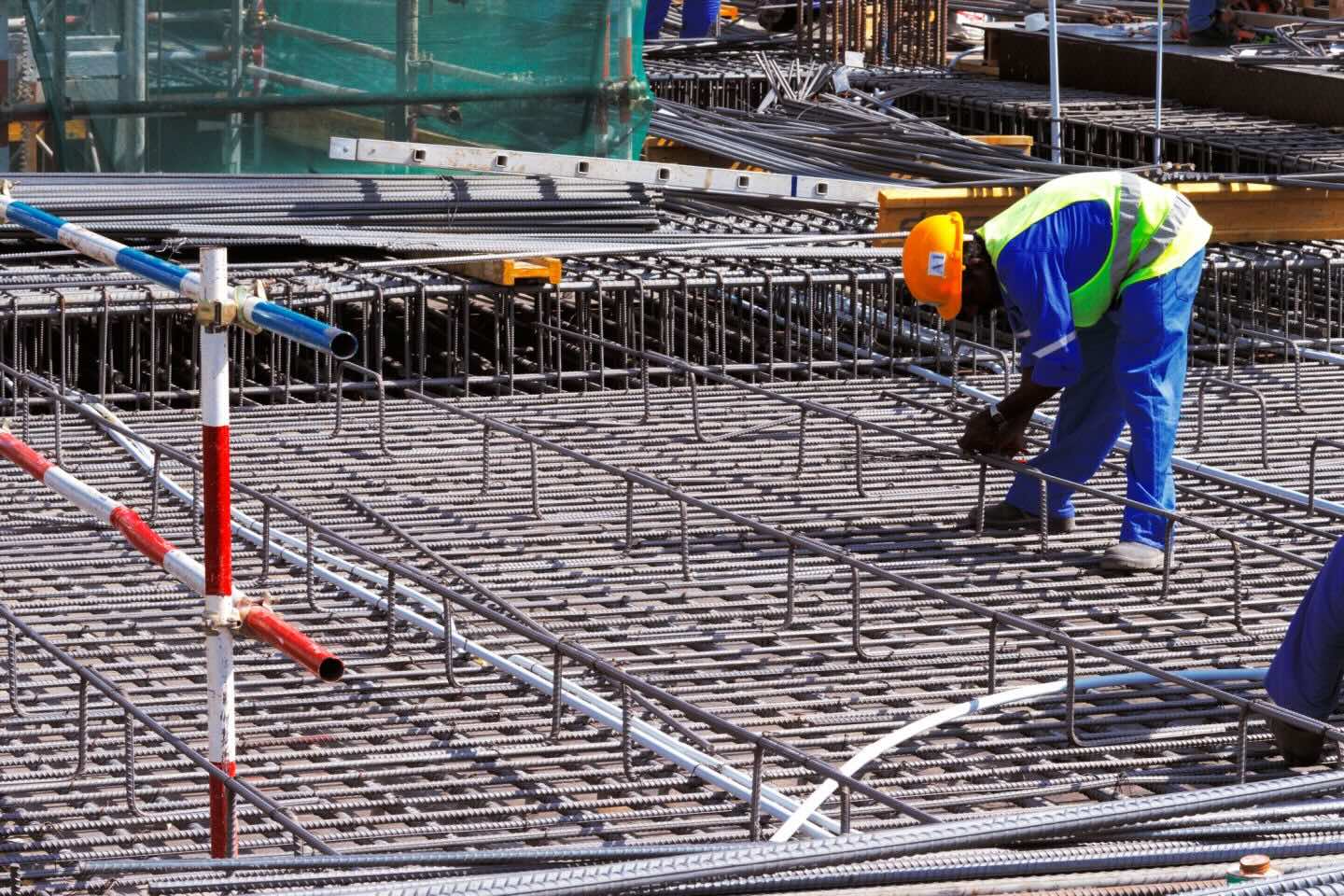




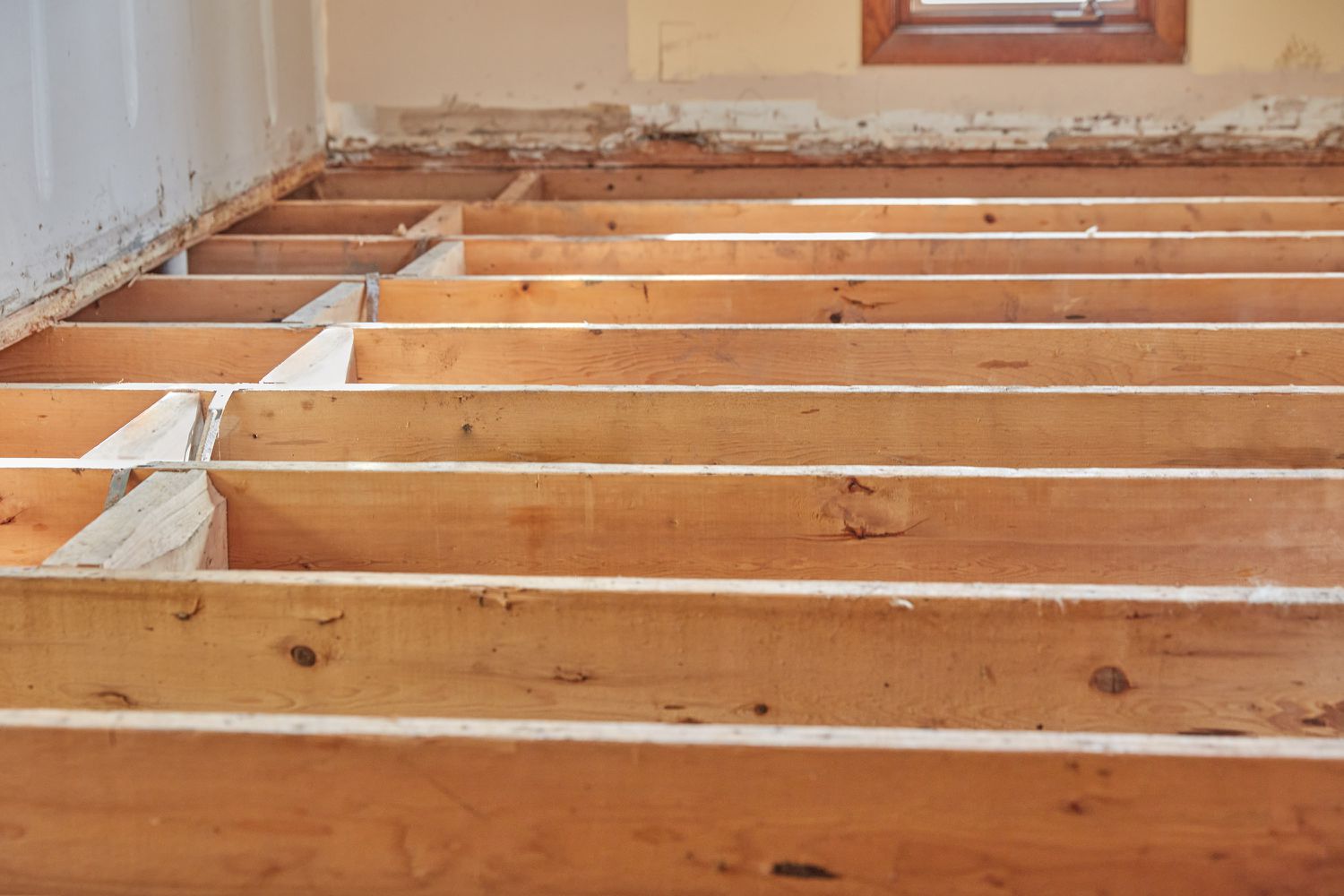

0 thoughts on “What Is A Lien In Construction”